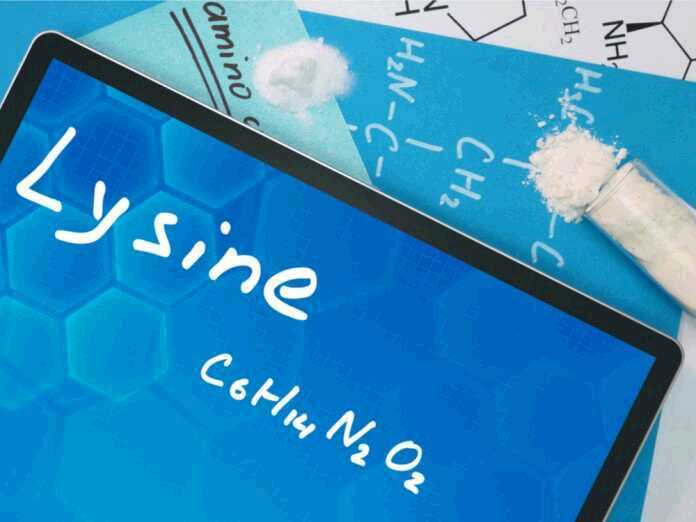
Cold sores are sometimes referred to as fever blisters, and they are among the most common types of viral infections. They’re sometimes grouped in patches of blisters filled with fluid. Most commonly they occur on your lips or around them.
Once the blister breaks, a crust will form over it. It can take up to four weeks for a cold sore to heal, and it’s a painful, frustrating process. The infection itself can’t be treated, but you can use some types of antiviral medications to alleviate the symptoms of the condition triggered by HSV 1.
You could also use lysine for cold sores, as it’s an essential amino acid which is very efficient in speeding up the healing process. It can’t be produced by your body, so you need to take it in the form of a supplement or through a carefully adjusted diet.
Lysine Sources
Using lysine for cold sores is great for your overall health as well, as it’s very efficient in improving the absorption of calcium and the formation of collagen. If you don’t consume enough lysine, you might experience anemia, agitation, loss of appetite, nausea, and fatigue. We suggest ingesting it in its natural form, which means you should eat more soybeans, parmesan cheese, sardines, yoghurt, eggs, spirulina, codfish, pork, chicken, beef, and turkey.
Cream Alternative
Lysine for cold sores can also be used in the form of a cream. Make sure you clean the skin area before application and always wash your hands thoroughly before applying the cream.
Side Effects
When taken in excessive doses, lysine may sometimes lead to certain side effects. These may include kidney issues, nausea, development of gallstones, abdominal pain, abdominal cramps, and diarrhea.
Conclusion
Lysine comes in very handy in alleviating the annoying cold sores, be it in the form of cream or ingested through food.






























